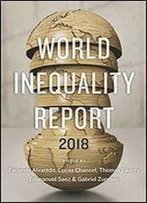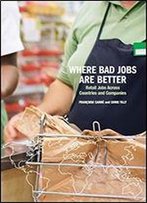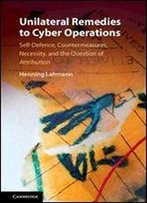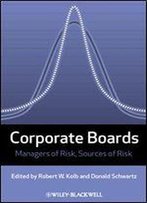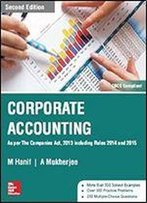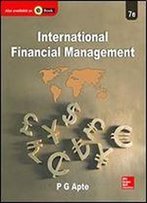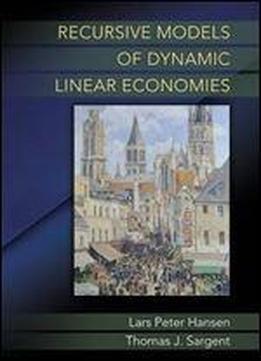
Recursive Models Of Dynamic Linear Economies
by Lars Peter Hansen /
2013 / English / PDF
13.3 MB Download
"This is the ideal book for those who want to study, understand, and work with linear-quadratic dynamic economies. Providing a thorough, authoritative, yet accessible treatment, it contains a superb analysis of the connections between various linear-quadratic dynamic programming problems, the general equilibrium properties of these economies, the type of aggregation applicable to them, and the time-series implications for quantities and prices. A great book by two giants of the field." Fernando Alvarez, University of Chicago "In this tour-de-force of modern macroeconomics, Hansen and Sargent have written the definitive text on linear-quadratic economies that illustrate the connection between preferences and technology and the appropriate time-series representation. This gem of a book not only provides a thorough review of mathematical methods and related computational issues, but also includes cutting-edge economic models. It will be the required reference for anybody who works in modern dynamic macroeconomic problems." Rodolfo E. Manuelli, Washington University in St. Louis "Modern macroeconomics relies on dynamic equilibrium modeling and the statistical analysis of time-series data. This superb book teaches both techniques hands-on. It guides readers towards mastering a library of computer programs that work for many practical problems, a library that readers will then build on in their own macroeconomic research." Martin Schneider, Stanford University "It is nearly impossible to think of a better set of coauthors for this subject. I read their superior book with great pleasure and learned much from it." Jesus Fernandez-Villaverde, University of Pennsylvania "Drawing strong connections between mathematics and economic intuition, this rigorous and insightful book contains an extremely broad set of applications, treated from the same consistent framework. The exposition of the benchmark model is outstanding and unique." John Stachurski, Australian National University

